M-Audio M3-8 Studio Monitors Review
For pure near-full-range enjoyment of music, the M-Audio M3-8 powered monitors are superb. At $700 these are an easy recommendation and a tough pair of speakers to beat.
You can’t spend any amount of time listening to desktop audio speakers or studio monitors without coming across the name M-Audio. From the $149 Studiophile AV 40’s to the top-of-the-line M3-8 3-way monitors, M-Audio covers a wide range of speakers for serious listeners on just about any budget. It’s the latter under review here, and with a waveguide tweeter, 8″ kevlar woofer, and a cherry real-wood veneer, the M-Audio M3-8 Studio Monitors are the best the company has to offer.
So what does it take to get a discerning listener to fork over $700 for a pair of speakers like this? Once you understand what’s included…probably not much. The M-Audio M3-8 Studio Monitors utilize class A/B amplifiers, one in each. Unlike some smaller active speakers designed for computer use, the M3-8 monitor speakers are true studio monitors. Each speaker is identical, with a 1″ silk dome tweeter housed in a concentric (coaxial) configuration with a 5″ kevlar midrange driver. The bass frequencies are handled by an 8″ kevlar woofer. With many bookshelf speakers, the midrange is the toughest area of sound reproduction to get right. Bass often over achieves, and highs are frequently extended too far into the midrange to compensate. The M-Audio M3-8 Studio Monitors deliver exceptional mids—something you can really hear when you queue up male and female vocals. More on that later…
[top-seller category_id=’6′ product_count=’4′ title=’Top Selling Bookshelf Speakers’]
Monitor Audio M3-8 Speakers Features
So where do you start with a review of a powerhouse monitor speaker? From the top, I suppose. The M-Audio M3-8 Studio Monitors have a charcoal gray, almost black, finish that surrounds all sides of the sturdy monitor speaker. The front baffle, however, is a beautiful cherry veneer (the only finish available) that actually leans back, away from the drivers. The result is unimpeded audio that doesn’t diffract off the face before it leaves the box. This might contribute to the smooth mid and tweeter response that rendered female vocals like Norah Jones’ “She’s 22” so vivid and clean. Later, on the “Good Morning” track, multi-layered instrumentation overlaid the vocals and filled the soundstage with an incredible amount of diverse audio that resisted getting lost in the clear mix.
I promise to get into more audio performance later, but if I don’t talk a little about the features now it will be very hard to get back on track. The back of the M3-8 features a master volume control that goes to 11…just kidding, it has a range of -30dB to +6dB. There are also +/-6dB boost and cut controls for the low, mid and high frequencies. This is really really cool for the simple fact that M-Audio has no idea whether you’re going to place these on stands, set them on a desk, or configure them to fire at you from the back of a Solid State Logic C200 HD mixing console. In either case, you can customize the output to avoid bass or mid emphasis from the speaker being to close in proximity to a wall or table surface.
You can feed the M-Audio M3-8 monitor an analogue balanced XLR or an unbalanced 1/4” (TS) or RCA connection and you can bypass the aforementioned EQ or even engage either an 80Hz or 100 Hz low cut shelf EQ in the event you want to use these in tandem with a dedicated subwoofer. For our review we left everything flat, but I did experiment with placing the speakers near a wall and dropping the low frequency EQ to compensate.
Monitor Audio’s top studio speaker also puts out a lot of sound. It’s rather large, but even at just over 17” tall and 10-1/2” wide you can’t quite anticipate the amount of output you get—particularly from the 8” kevlar woofer. I’ve heard 8” drivers before, but none that produced this much bass from a powered monitor of this size. Want to understand how much output this speaker puts out? On a whim I took it outdoors for a party I was throwing (I know these aren’t outdoor speakers—don’t you judge me!) The M3-8 pair was able to fill an outdoor area with clean music that measured well over 88 dB SPL across an area about 1/10th of an acre (your typical inner-city back yard). That is a good amount of space and a veritable ton of audio output. I’ve had small passive outdoor speakers that didn’t perform that well with a dedicated stereo amplifier.
M-Audio M3-8 Studio Monitors Listening Tests
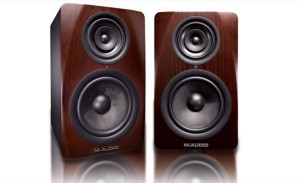 Moving back inside I wanted to get a feel for how much accurate bass these speakers could put out. Configuration included placing the speakers on stands and positioning them about 8 feet away from my seated listening position. I toed them in slightly until I felt the soundstage tighten up to the point where instrument identification was just about perfect. It didn’t take much time or effort to get them just right—another feature in M-Audio’s cap. To really test out the bass I queued up some of my favorite tracks, including Seal IV, and TobyMac’s Eye On It album. The amount of bass the M-Audio M3-8 Studio Monitors can put out is almost uncanny. In the “Eye On It” track there are some subsonic hits that precede the chorus that most systems don’t even pick up on. The M-Audio speakers reproduced these hits with a nice deep resonant tone that had both depth and punch. On Seal’s “Waiting for You” had a heavy-hitting synth bass line that drove the monitors both loudly and with clean output—and combined with the male vocal line really showed off the dynamic range of these speakers. I have no difficulty believing the 38Hz response rating of these speakers, particularly in a near-field configuration.
Moving back inside I wanted to get a feel for how much accurate bass these speakers could put out. Configuration included placing the speakers on stands and positioning them about 8 feet away from my seated listening position. I toed them in slightly until I felt the soundstage tighten up to the point where instrument identification was just about perfect. It didn’t take much time or effort to get them just right—another feature in M-Audio’s cap. To really test out the bass I queued up some of my favorite tracks, including Seal IV, and TobyMac’s Eye On It album. The amount of bass the M-Audio M3-8 Studio Monitors can put out is almost uncanny. In the “Eye On It” track there are some subsonic hits that precede the chorus that most systems don’t even pick up on. The M-Audio speakers reproduced these hits with a nice deep resonant tone that had both depth and punch. On Seal’s “Waiting for You” had a heavy-hitting synth bass line that drove the monitors both loudly and with clean output—and combined with the male vocal line really showed off the dynamic range of these speakers. I have no difficulty believing the 38Hz response rating of these speakers, particularly in a near-field configuration.
I ran these speakers up against several others I had on-hand, including some more expensive models from KEF and a pair of Audioengine A5+ speakers (I also had a pair of Gracenote speakers, but that was just sad…) While I could argue the KEFs exhibited a bit more definition and clarity in the top end and midrange, there was no comparison in the area of bass response and punch. You really get a full soundtrack with these speakers. While they’re large for bookshelf speakers, they are downright tiny for how much sound output you get and the frequency range they reproduce.
After an exhaustive listening session I have to say that these speakers are worth the price of admission. While they may not have some of the more fancy features like USB audio support or built-in wireless capability, that’s simply not what they’re designed to be. If you want fancy, you can find that. For pure near-full-range enjoyment of music, the M-Audio M3-8 powered monitors are superb. At $700 these are an easy recommendation and a tough pair of speakers to beat.
You can find more information on these speakers here.

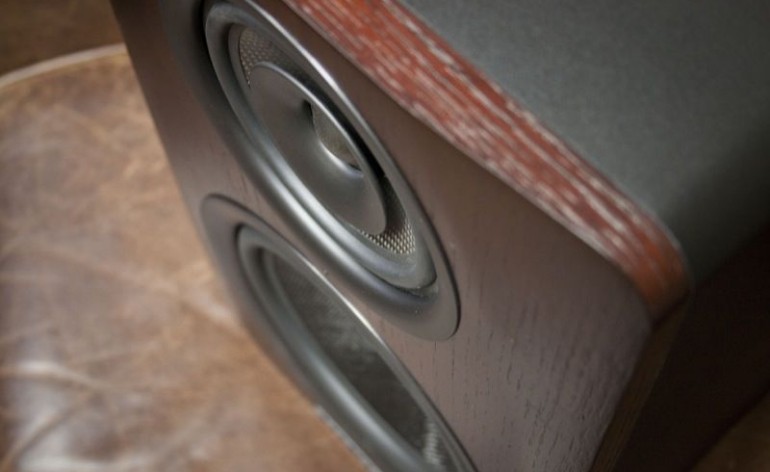
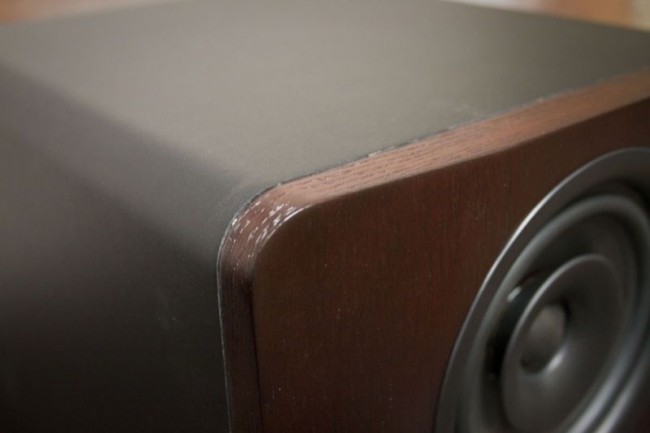



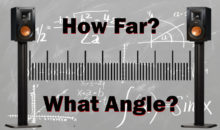
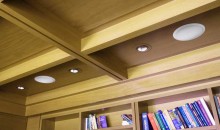
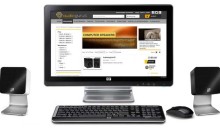

Pingback: M-Audio M3-8 Studio Monitors Review | CD Media
Hey Clint Excellent and detailed reviews. Being a satisfied user of M3-8 I understand why you are also a fan of M-Audio. Undoubtedly, all the features are extraordinary, but I love the stylish look of the speaker more.